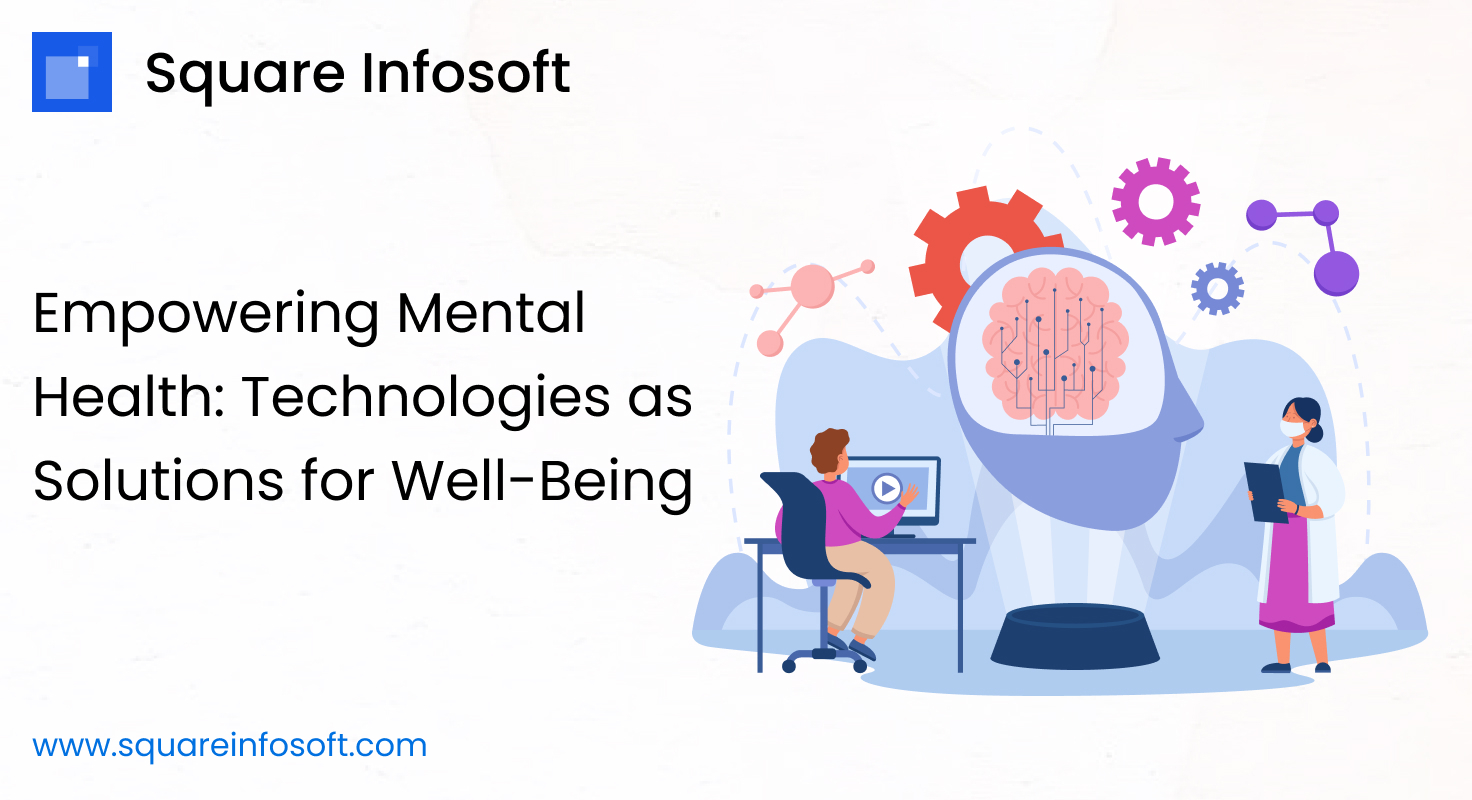Developing a language learning mobile app can be a challenging yet rewarding endeavor. Here’s a step-by-step guide to help you get started:
1. Define Your Objectives:
- Determine your target audience (e.g., beginners, intermediate learners, travelers, professionals).
- Identify the languages you want to offer.
- Set clear learning goals and objectives.
2. Market Research:
- Research your competitors and similar language learning apps.
- Identify what makes your app unique or better.
- Understand the preferences and needs of your target audience.
3. Language Selection:
- Decide which languages your app will support.
- Consider offering a variety of languages to cater to a broad user base.
4. Content Development:
- Create or source high-quality language learning content, including lessons, audio, video, and quizzes.
- Develop content for various proficiency levels (e.g., beginner, intermediate, advanced).
5. User Experience (UX) Design:
- Design an intuitive and user-friendly interface.
- Create wireframes and mockups for the app’s layout.
- Ensure the design is responsive for various screen sizes.
6. Gamification and Engagement:
- Implement gamification elements like rewards, badges, and leaderboards to keep users engaged.
- Create interactive exercises and challenges.
- Encourage consistent practice through notifications and reminders.
7. User Progress Tracking:
- Develop a system to track user progress and offer personalized recommendations.
- Provide feedback and statistics on user performance.
8. Speech Recognition and Pronunciation:
- Consider integrating speech recognition technology for pronunciation practice.
- Enable users to record and compare their speech with native speakers.
9. Offline Access:
- Allow users to download lessons and content for offline access, especially for travelers or users with limited connectivity.
10. Social Features: – Implement social features like chat, forums, or language exchange to facilitate interaction among users.
11. Monetization: – Decide on a monetization strategy (e.g., freemium, subscription, one-time purchase, ads). – Offer a free trial period to attract users.
12. Language Assessment: – Include language proficiency assessments or tests. – Offer certificates upon completion of courses.
13. Backend Development: – Develop a robust backend to manage user data, progress, and content updates. – Implement security measures to protect user data.
14. Testing: – Conduct thorough testing, including usability testing, to identify and fix any issues. – Test the app on various devices and operating systems.
15. Launch and Marketing: – Launch the app on app stores (e.g., Apple App Store, Google Play Store). – Create a marketing strategy to promote the app through social media, content marketing, and partnerships. – Offer incentives for users to refer friends or write reviews.
16. User Support: – Provide customer support channels for user inquiries and assistance. – Gather user feedback and make continuous improvements.
17. Updates and Maintenance: – Regularly update the app with new content, features, and bug fixes. – Stay up-to-date with language learning trends and adjust your app accordingly.
18. Legal Considerations: – Ensure compliance with data protection and privacy regulations. – Secure necessary licenses for copyrighted content.
Developing a language learning app requires dedication to user experience, content quality, and ongoing improvement. Keep your users’ needs at the forefront, and your app can become a valuable tool for language learners worldwide.




